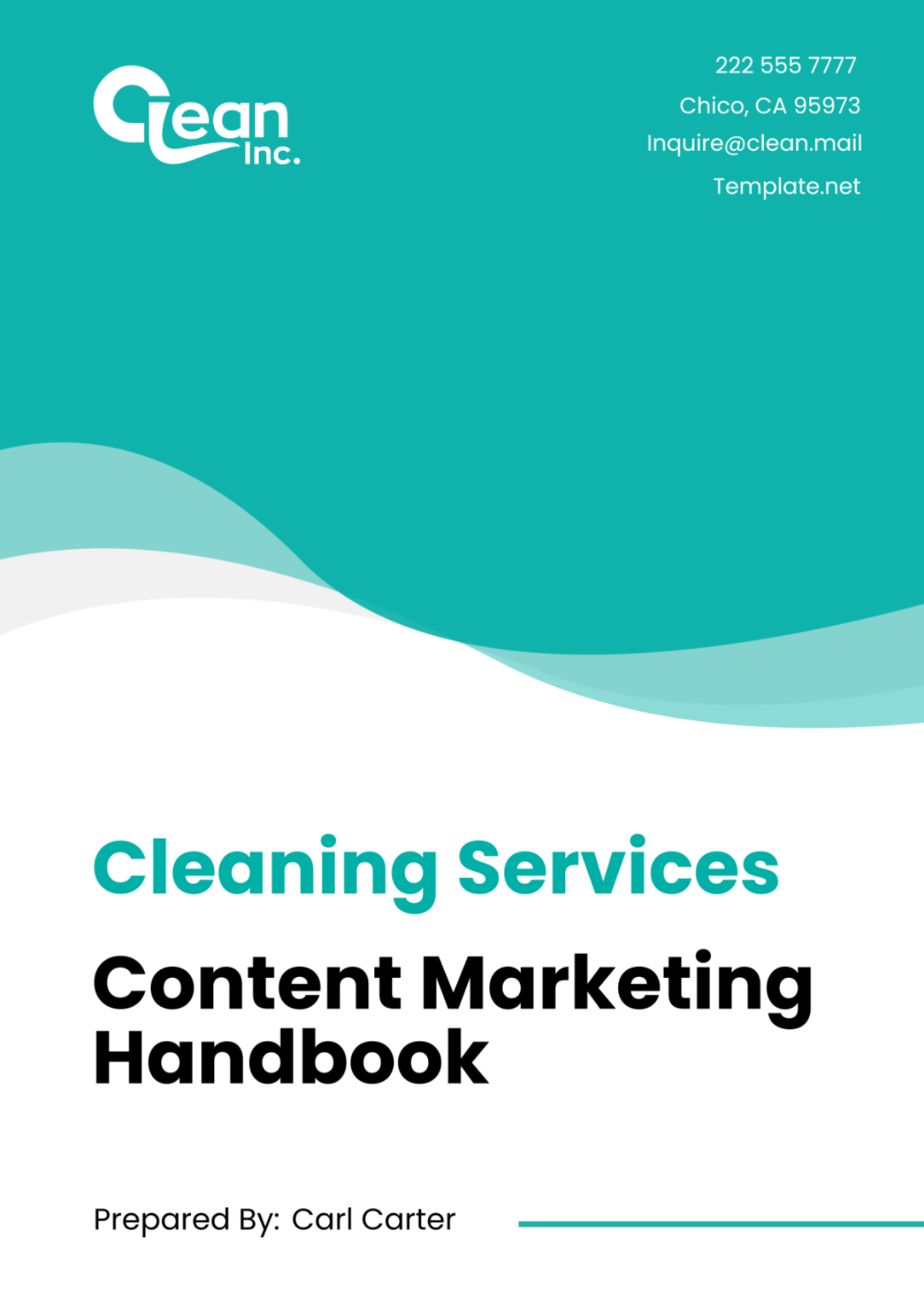Free Cleaning Services Content Marketing Handbook
Save time and energy in planning your content marketing strategy with our versatile Cleaning Services Content Marketing Handbook Template! This customizable handbook from Template.net is editable, allowing you to create a detailed content marketing guide! The AI Editor Tool simplifies the process, helping you build a successful content marketing strategy!






























